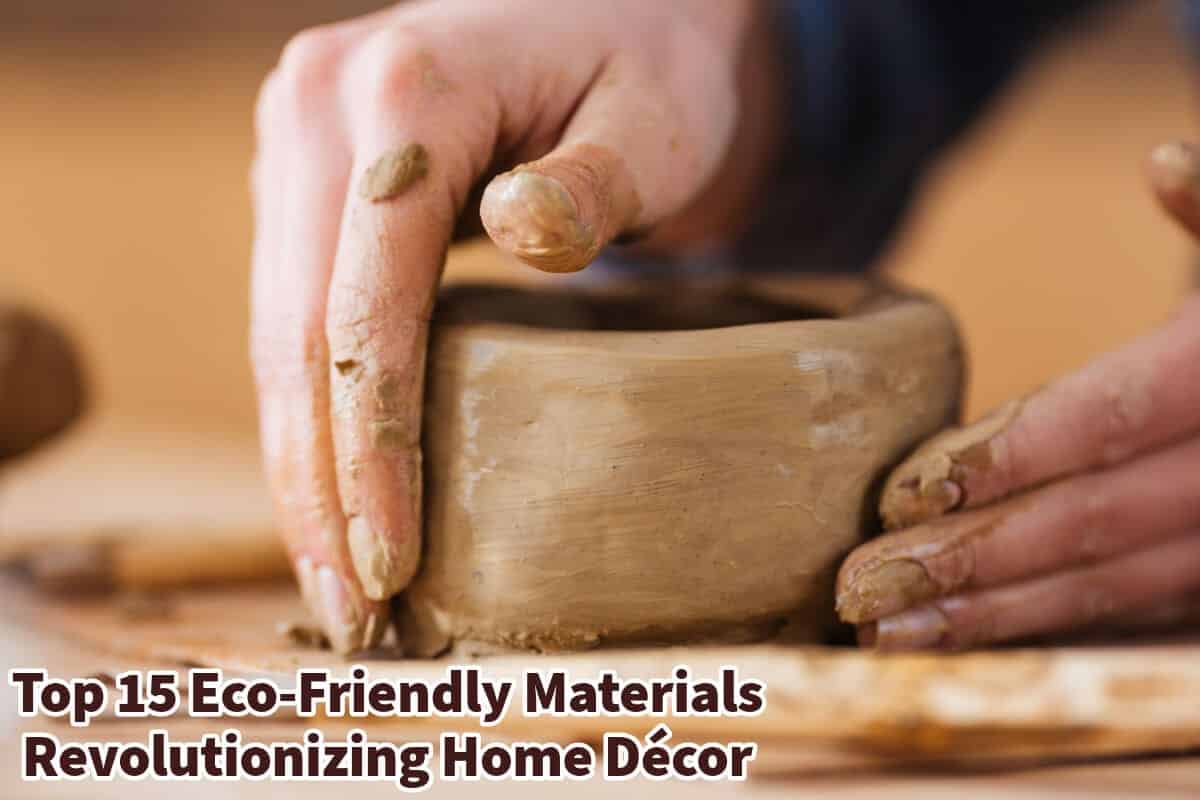Sustainability has taken center stage in home décor and design in recent years. Many consumers, homeowners, and designers seek materials that reduce environmental impact while maintaining style and functionality.
With this shift, eco-friendly materials have become a key component in modern interior design. Eco-friendly materials are resources that cause minimal environmental harm during their lifecycle, from sourcing to disposal. Read on as we explore 15 innovative materials redefining how we think about home décor and furniture, offering practical and beautiful solutions for sustainable living.
Table of Contents
15 Eco-Friendly Materials Transforming Home Décor
Sustainability has become a cornerstone of modern design, influencing everything from architecture to home furnishings. Today, more people opt for eco-friendly materials to create homes that are beautiful, functional, and mindful of the planet.
Here, we dive into 15 innovative materials making waves in sustainable home décor, showcasing their benefits and practical uses.
1. Bamboo

What is it?
Bamboo is a fast-growing grass that has become one of the most versatile materials in the world. Known for its strength and flexibility, bamboo is used in various applications, from flooring to furniture and decorative items.
Why is it eco-friendly?
Bamboo regenerates rapidly, with some species growing up to 3 feet per day. It requires minimal water, no pesticides, and absorbs significant amounts of carbon dioxide.
Home décor examples:
- Bamboo blinds and window shades.
- Stylish bamboo chairs, tables, and bed frames.
- Bamboo wall panels for a natural aesthetic.
- Bamboo lamps, mirrors, boxes, and trays.
2. Cork
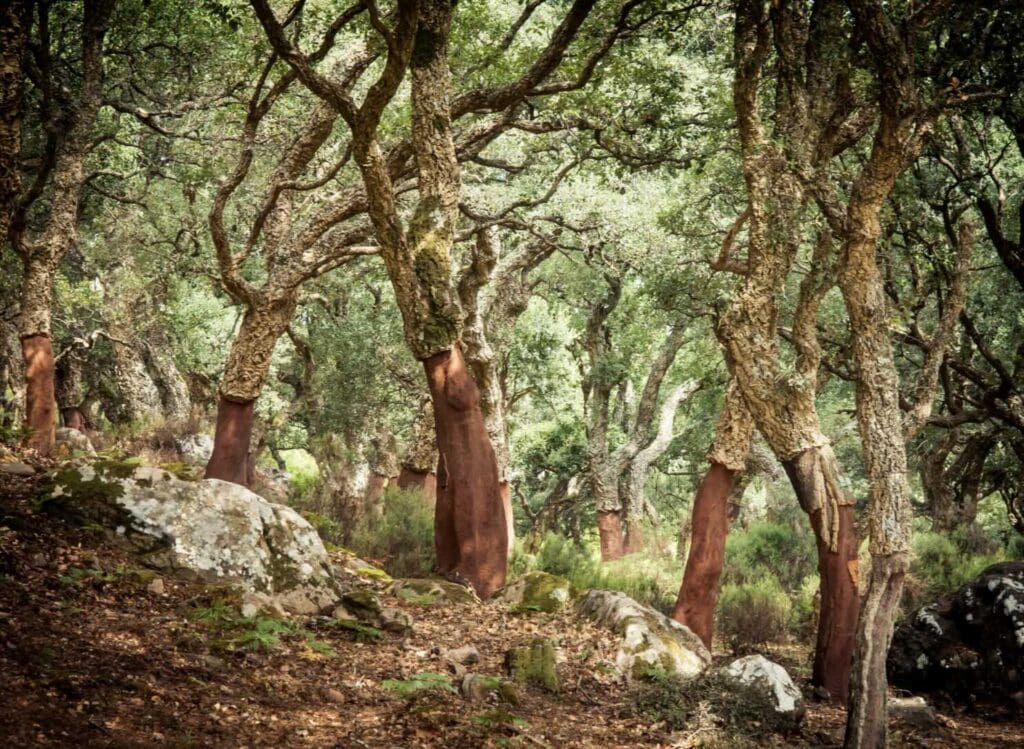
What is it?
Cork is harvested from the bark of the cork oak tree without harming the tree itself. The material is lightweight, durable, and naturally water-resistant.
Why is it eco-friendly?
Cork harvesting allows the tree to absorb carbon dioxide, and the cork is fully biodegradable and recyclable.
Home décor examples:
- Cork flooring and wall coverings.
- Cork coasters, placemats, and table runners.
- Cork stools and decorative vases.
3. Recycled Metals
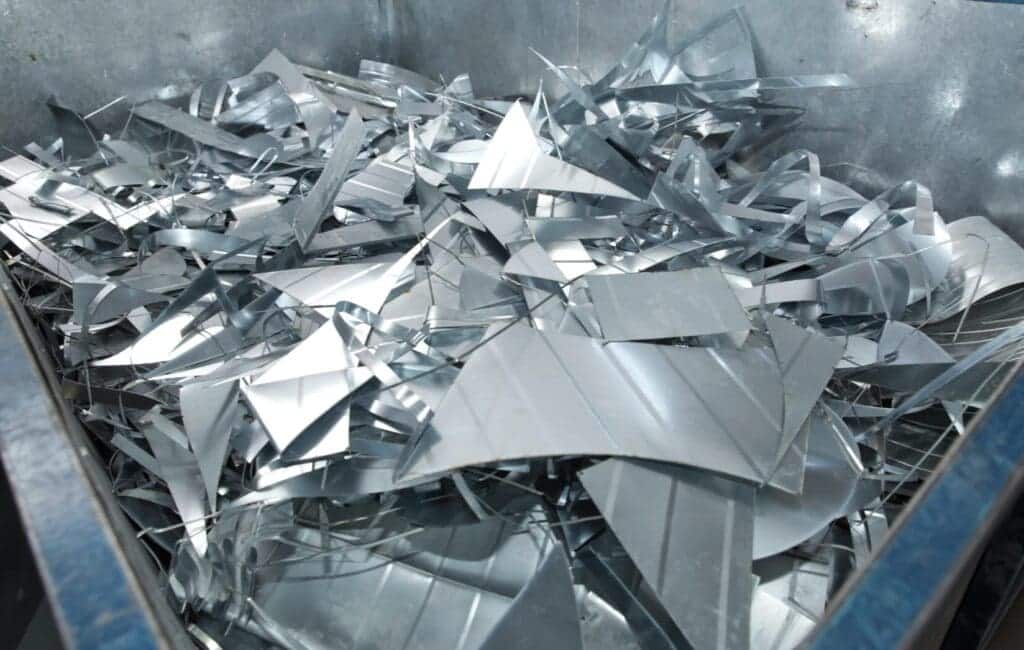
What is it?
Recycled metals include aluminum, steel, and copper repurposed from discarded items such as cans, car parts, and industrial waste.
Why is it eco-friendly?
Recycling metal significantly reduces the need for mining and energy consumption. It also diverts waste from landfills.
Home décor examples:
- Modern lighting fixtures are made from recycled aluminum.
- Metal-framed mirrors and wall art.
- Sturdy recycled steel bed frames and dining tables.
- Lamps, mirrors, and accessories always work well in all kinds of metal.
4. Recycled Plastics

What is it?
Recycled plastics are derived from used products like bottles, containers, and packaging. These plastics are processed and transformed into durable materials.
Why is it eco-friendly?
Recycling plastic reduces waste in landfills and oceans and decreases the demand for new plastic production.
Home décor examples:
- Vibrant outdoor rugs and mats made from recycled plastic.
- Durable planters and pots.
- Chairs and stools with sleek designs made from recycled PET bottles.
- Plastics can also be made into boxes, bowls, lamps, and trays.
5. Recycled Wood

What is it?
Recycled wood is salvaged from old furniture, buildings, or discarded pallets and repurposed for new projects.
Why is it eco-friendly?
This practice minimizes deforestation and gives a second life to wood that would otherwise be discarded.
Home décor examples:
- Reclaimed wood coffee tables and bookshelves.
- Picture frames made from salvaged wood.
- Rustic wooden wall art and headboards.
- Recycled wood lamps and lamp bases.
6. Reclaimed Wood
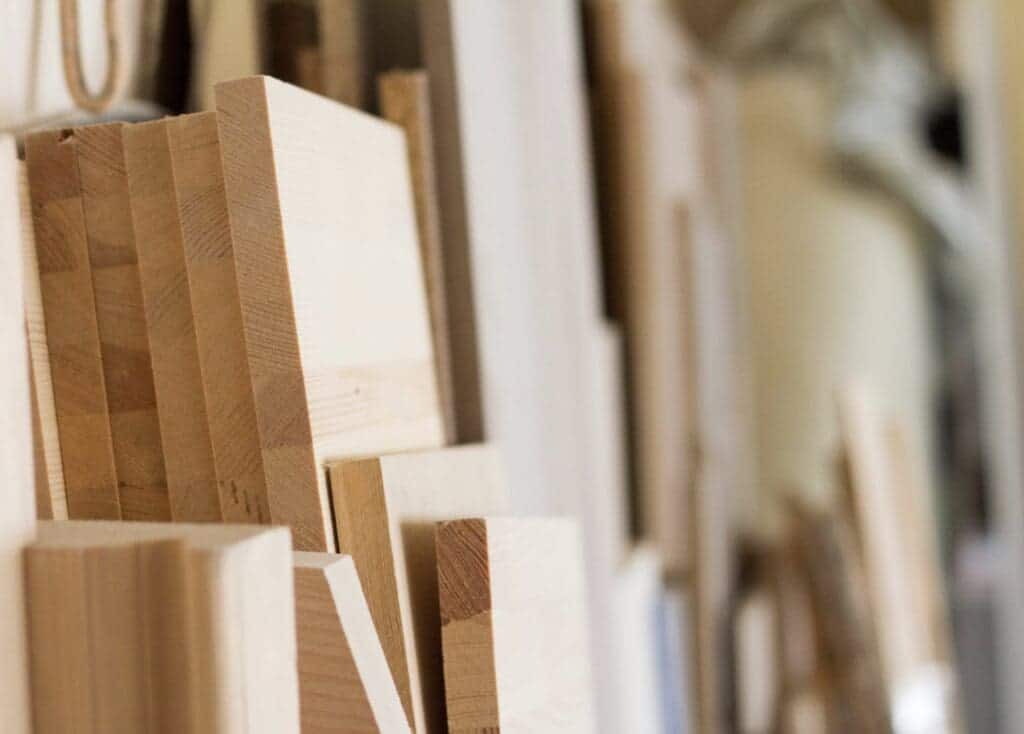
What is it?
Reclaimed wood is recovered from demolished buildings, barns, or factories.
Why is it eco-friendly?
Using reclaimed wood reduces the need for new lumber, preserving forests and lowering carbon footprints associated with logging and processing.
Home décor examples:
- Farmhouse-style dining tables and benches.
- Boxes,. Trays and mirrors
- Lamps and lampbases.
7. Mycelium
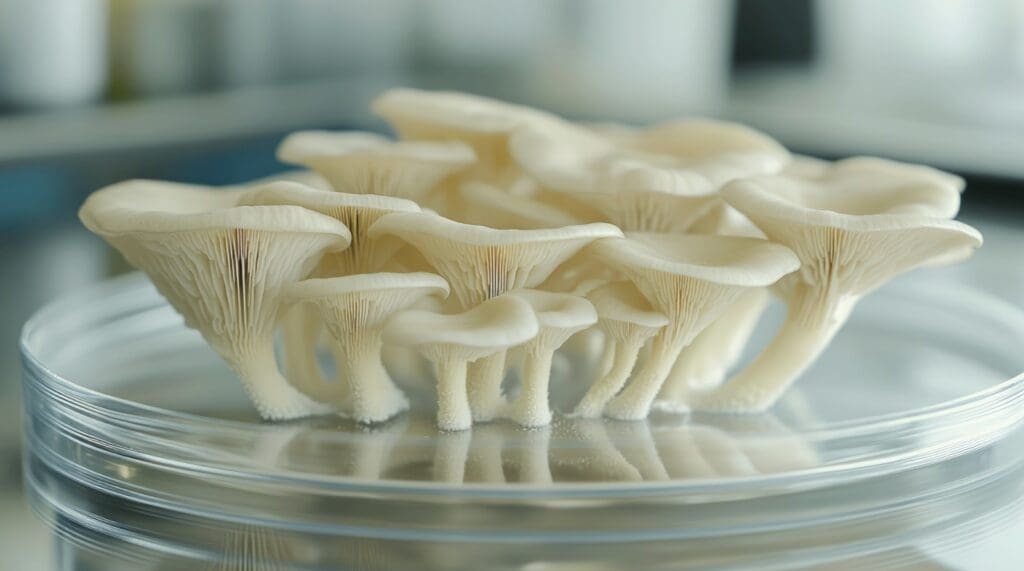
What is it?
Mycelium is the root structure of fungi, which can be grown into moldable, durable materials.
Why is it eco-friendly?
Mycelium is fully biodegradable, requires minimal growth resources, and decomposes naturally, leaving no waste.
Home décor examples:
- Mycelium lampshades and light fixtures.
- Decorative bowls and storage containers.
- Decorative trays and other decorative objects.
8. Hempcrete
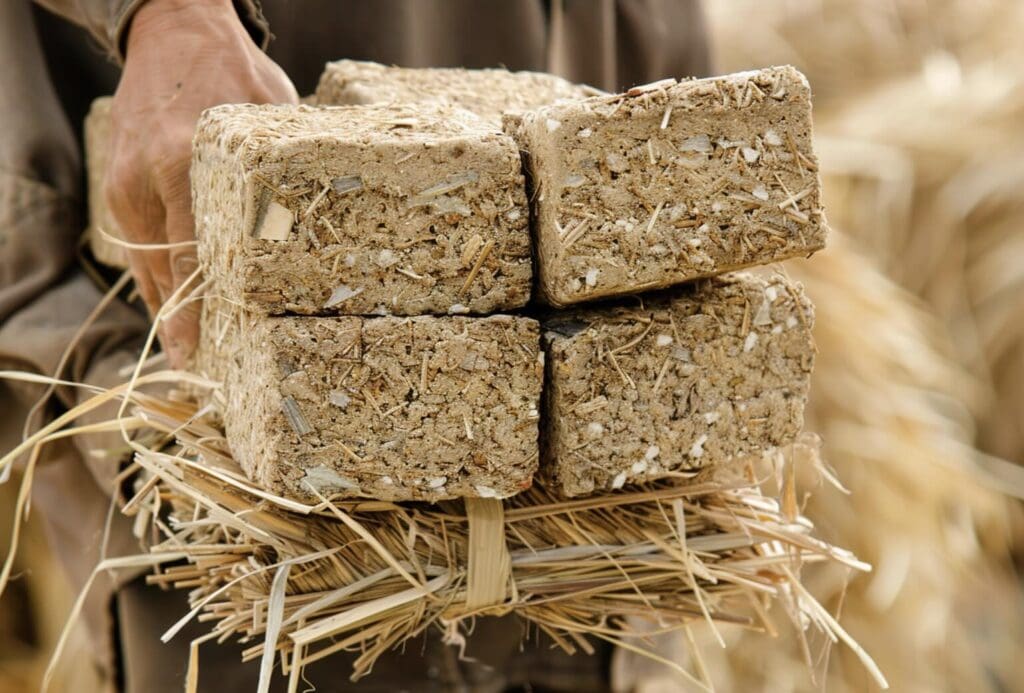
What is it?
Hempcrete is a bio-composite material made from the woody core of the hemp plant mixed with a lime-based binder.
Why is it eco-friendly?
Hemp absorbs large amounts of carbon dioxide during its growth, and Hempcrete is a non-toxic, sustainable alternative to traditional concrete.
Home décor examples:
- Decorative blocks and partitions.
- Textured wall art made from Hempcrete.
- Decorative blocks are used as part of a table.
9. Rattan
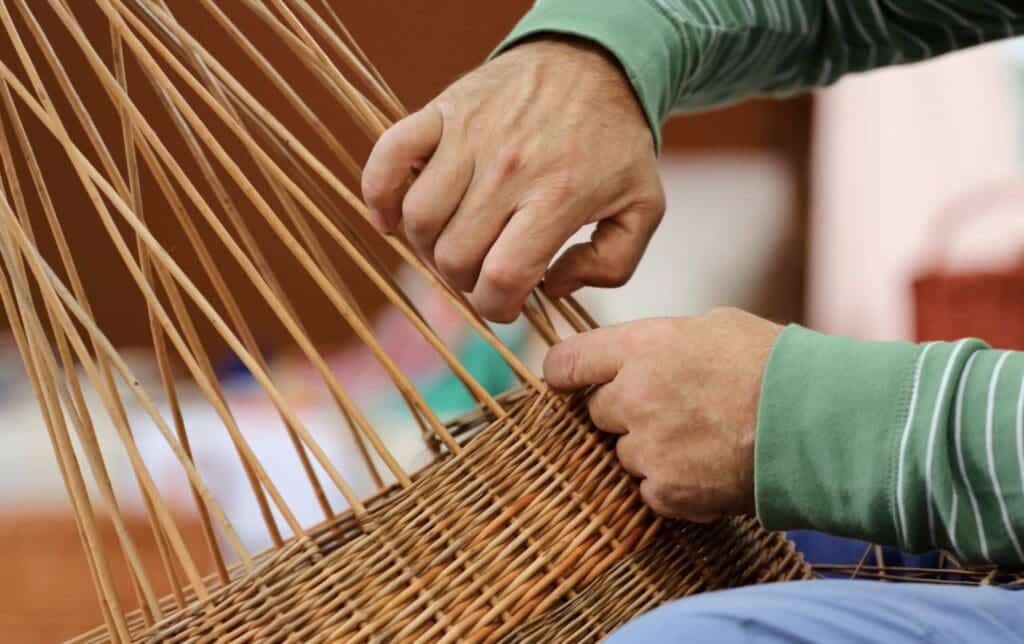
What is it?
Rattan is a climbing palm known for its flexible and durable stems, which are commonly used in furniture making.
Why is it eco-friendly?
Rattan grows quickly and regenerates after harvesting, making it a renewable resource. It’s also lightweight, reducing transportation emissions.
Home décor examples:
- Handwoven rattan chairs, ottomans, and baskets.
- Pendant lights with intricate rattan designs.
- Rattan room dividers and headboards.
10. Jute

What is it?
Jute is a natural plant fiber, often called “golden fiber” due to its luster.
Why is it eco-friendly?
Jute grows quickly without the need for pesticides and is completely biodegradable.
Home décor examples:
- Jute rugs, mats, and carpets.
- Eco-friendly storage baskets and poufs.
- Upholstery and cushion covers with jute fabrics.
11. Wool

What is it?
Wool is a natural fiber harvested from sheep, prized for its softness and insulating properties.
Why is it eco-friendly?
Wool is renewable, biodegradable, and requires little energy to process. Sustainable sheep farming practices enhance its eco-friendly appeal.
Home décor examples:
- Woolen throw blankets and cushions.
- Handwoven wool rugs.
- Upholstered chairs and ottomans.
12. Coconut Coir
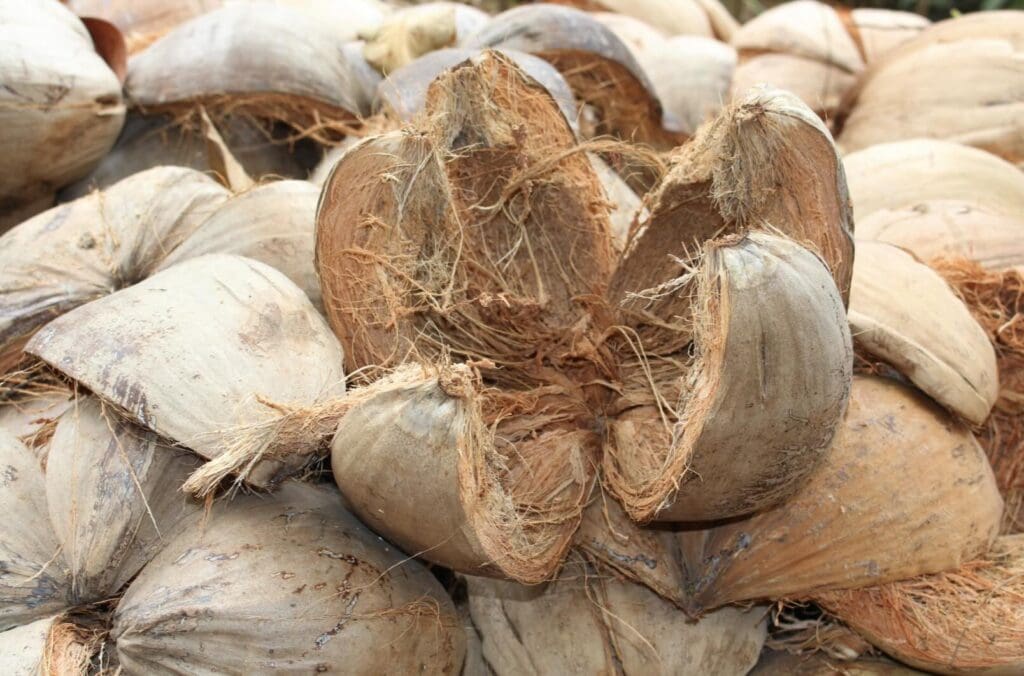
What is it?
Coconut coir is a fiber extracted from the husk of coconuts, commonly used in textiles and mats.
Why is it eco-friendly?
Coconut coir is a byproduct of coconut harvesting, ensuring that no part of the fruit goes to waste.
Home décor examples:
- Durable coir doormats and rugs.
- Eco-friendly mattress padding and cushions.
- Decorative hanging planters.
13. Clay
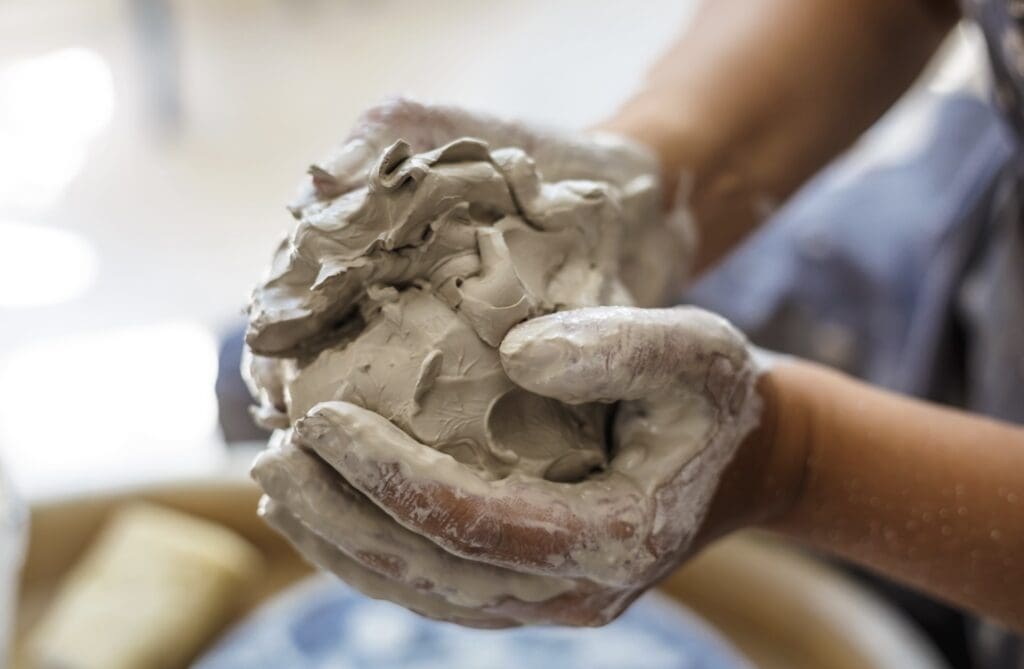
What is it?
Clay is a natural, abundant ceramics, tiles, and pottery material.
Why is it eco-friendly?
Clay requires minimal processing, and its longevity ensures that it doesn’t end up in landfills frequently.
Home décor examples:
- Terracotta pots and vases.
- Clay tiles for flooring and backsplashes.
- Handcrafted ceramic tableware and decorative bowls.
14. Glass
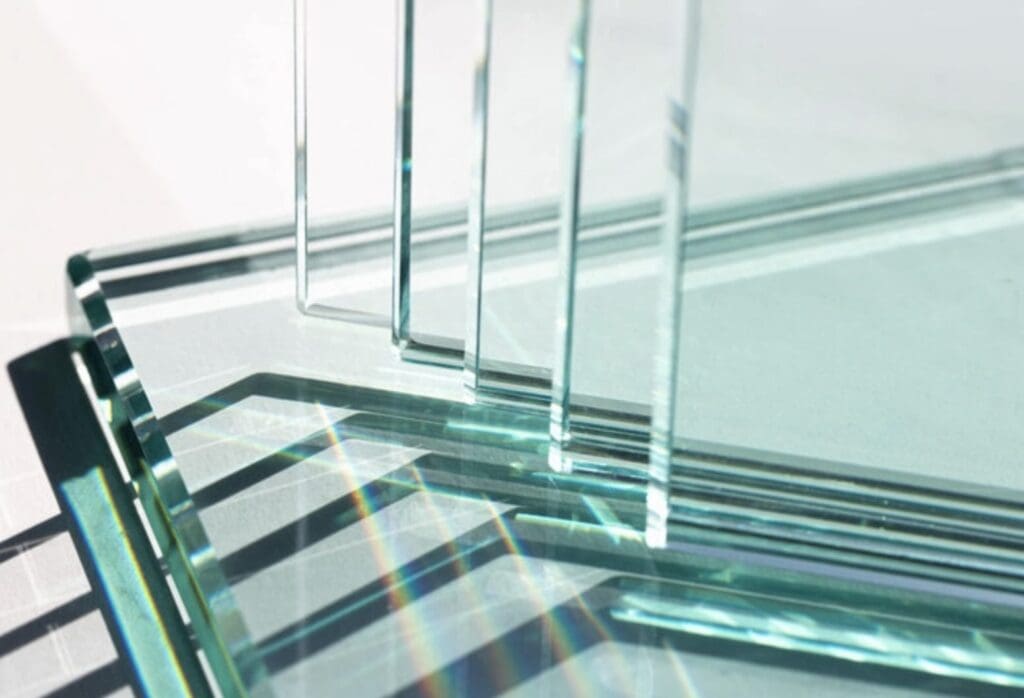
What is it?
Glass is made from sand and other natural materials and can be recycled indefinitely without losing quality.
Why is it eco-friendly?
Recycling glass reduces the demand for new raw materials and minimizes energy usage in production.
Home décor examples:
- Recycled glass chandeliers and pendant lights.
- Mosaic glass tiles for walls and floors.
- Decorative vases and jars.
15. Stone
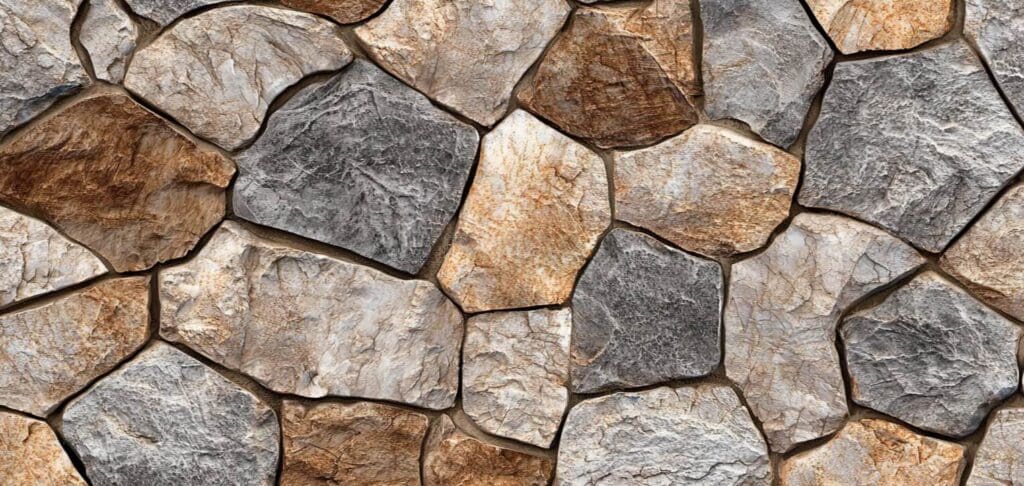
What is it?
Stone is a naturally occurring material used for countertops, flooring, and decorative accents.
Why is it eco-friendly?
Stone is durable and long-lasting, reducing the need for replacements. Locally sourced stone also minimizes transportation emissions.
Home décor examples:
- Marble or granite countertops.
- Stone coffee tables and side tables.
- Accent walls with natural stone veneers.
Final Thoughts
As sustainability becomes a priority for more homeowners, integrating eco-friendly materials into home décor is no longer just a trend; it’s a necessity.
From bamboo and mycelium to recycled metals and Hempcrete, these 15 materials demonstrate that it’s possible to design homes as beautiful as they are sustainable. Choosing products made from these materials reduces your environmental footprint and creates a unique and stylish living space.
At Mondoro, we are passionate about collaborating with our clients to create eco-friendly and sustainable home décor and furniture pieces. Let us help you bring your vision to life while prioritizing sustainability. Contact us today!
Find out more about how Mondoro can help you create, develop, and manufacture excellent home decor and furniture products – don’t hesitate to contact me, Anita. Check out my email by clicking here or become a part of our community and join our newsletter by clicking here.
Mondoro gives out a FREE Lookbook to anyone interested. You can receive a copy of our latest Lookbook by clicking here.
Listen to our Podcast called Global Trade Gal. You can find it on all major podcast platforms. Try out listening to one of our podcasts by clicking here.
Subscribe to our Mondoro Company Limited YouTube Channel with great videos and information by clicking here.
Related Content
What Is Shagreen? Manufacturing Faux Shagreen Home Decor Products
Shagreen is a rawhide that has small bumps on the skin’s surface. The shagreen hide was traditionally from shark and stingray skins. As sharks and stingrays are endangered species, we manufacture our shagreen with faux shagreen.
You can discover more by reading What Is Shagreen? Manufacturing Faux Shagreen Home Decor Products by clicking here.
What is the Ankole-Watusi Big-horned African Cow and How Is It Used in Home Decor Products?
The Ankole-Watusi big-horn African cow is a medium-sized cattle that have very longhorns. These cows are found mainly in Africa. The cow is not an endangered species, so cows are sold as meat, and the horns are also sold to make home decor and jewelry items. This ensures that every part of the cow is somehow used and nothing goes to waste.
You can discover more by reading our blog The Ankole-Watusi Big-horned African Cow and Home Decor Products by clicking here.
What Are The Agate Natural Agate Stone Beads Used For Home Decor Products?
Agate is a natural rock formation used as a decorative element for centuries. It can be found in many parts of the world, and agate stone has many different kinds and colors. In the Asia practice of Feng Shui, it can help us strike a balance in life and for good luck.
You can find out more by reading our blog Natural Agate Stone Beads For Home Decor Products by clicking here.

